Ortofon was nice enough to send over a Quintet Blue to use with the Ifi Audio Zen Phono we reviewed. We obviously had to do a full review on the Quintet. This is the first MC (moving coil) cartridge we have had in for a review. While I have listened to more than I can count none have really been for more than an hour so at various showrooms or hifi shows. I was excited to check out an MC cart in more depth as for many they represent the next step in listening to records. Many people will start with an MM as this is what most preamps’ built-in phono stages will support. They are also a bit cheaper, for example, the 2M Blue is around $240.00 U.S. and the Quintet Blue is around $480.00 U.S. Not only will you pay double for the cartridge but you will likely also need to buy a step-up transformer or a phono preamp with MC support. My Audio-Technica LP-7 has a built-in MM and MC preamp, while not the best by any means it is a nice feature for people who want to try out an MC without extra costs. So is all the extra cost worth it to get into an MC Cartridge?
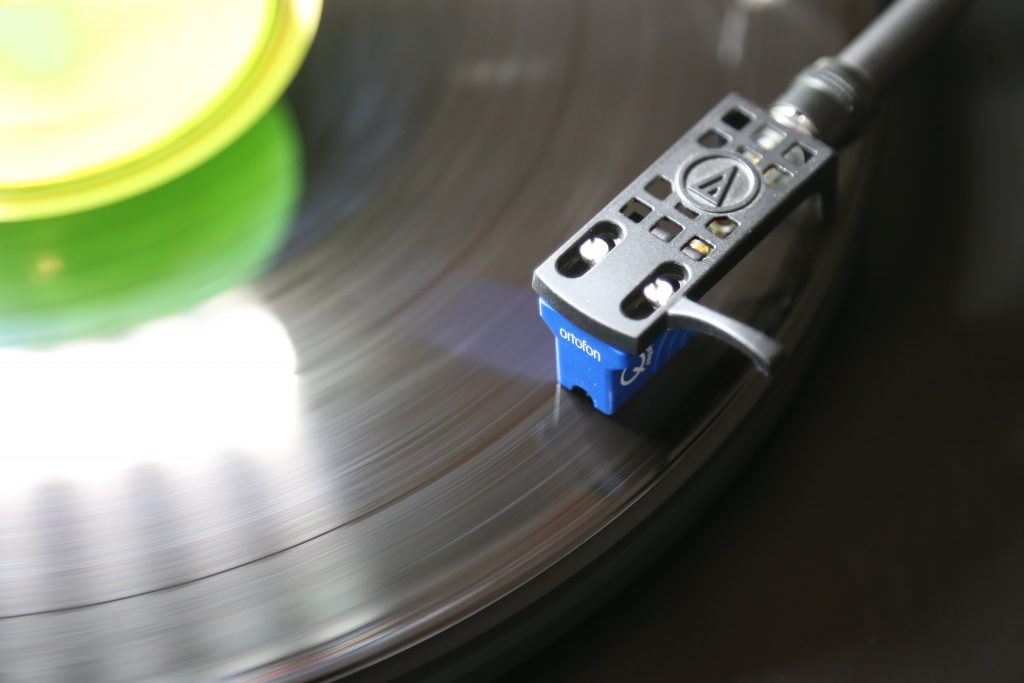
Unboxing and Setup
The Quintet series comes in the box many of us are familiar with from the 2M lineup with the same set of accessories. You will get your two sets of screws, a screwdriver, and the instruction manual. The cartridge will be in the velvet holder with a stylus cover like you may be used to. Set up is just like your typical cartridge, you will set your angles, overhang, and a counterweight. Ortofon recommends 2.3 grams of tracking force, which is a bit more than the 2M at 1.8 grams. The cartridge itself is also a couple of grams heavier coming in at 9 grams as compared to the 2M range at 7.2 grams. If you are replacing the OEM cart on your turn table and this is your first time setting up a cartridge I highly recommend checking out guides for your specific cartridge and/or turntable for the best results. The main two things to get right are your alignment and tracking force, though other settings also matter such as your verticle tracking angle, azimuth, and anti-skate. Not all turntables will have all of these adjustments available, some tonearms are set and you don’t get much in the way of adjustment.

Sound
I try not to use the phrase day and night differences, rarely will things sound that different unless you make major upgrades. That said there is a markedly and obvious difference when you move from even the higher end 2M line such as the Bronze to the Quintet Blue. The Quintet line works like the 2M line, there is a White for mono, then Red, Blue, Bronze, and Black. I have the 2M Red, Blue, and Bronze here for testing and now the Quintet Blue. I compared it mostly to the 2M Blue as that is sort of its direct cousin, however, I was curious about how it compared to the 2M Bronze.
Before we get too deep into the differences in sound let’s talk about the differences in construction. A Moving Magnet cart has a magnet attached to the cantilever, when it vibrates the coil around it will generate a small electrical signal usually around 5-6 mV. Moving Coil is set up opposite of that, the cantilever has a small coil on it that moves between the magnets, this creates a voltage between .3mV and around 1.5mV depending on if you have very low output, low output, or normal output MC. As you can see there is a pretty big voltage difference, and the Phono amp’s job is to bring that up to line voltage which is approximately 1.0 volt. The coil on the moving coil cartridge has less mass than a magnet, meaning it is affected by small vibrations more, and also will have less inertia fighting back against the stylus.
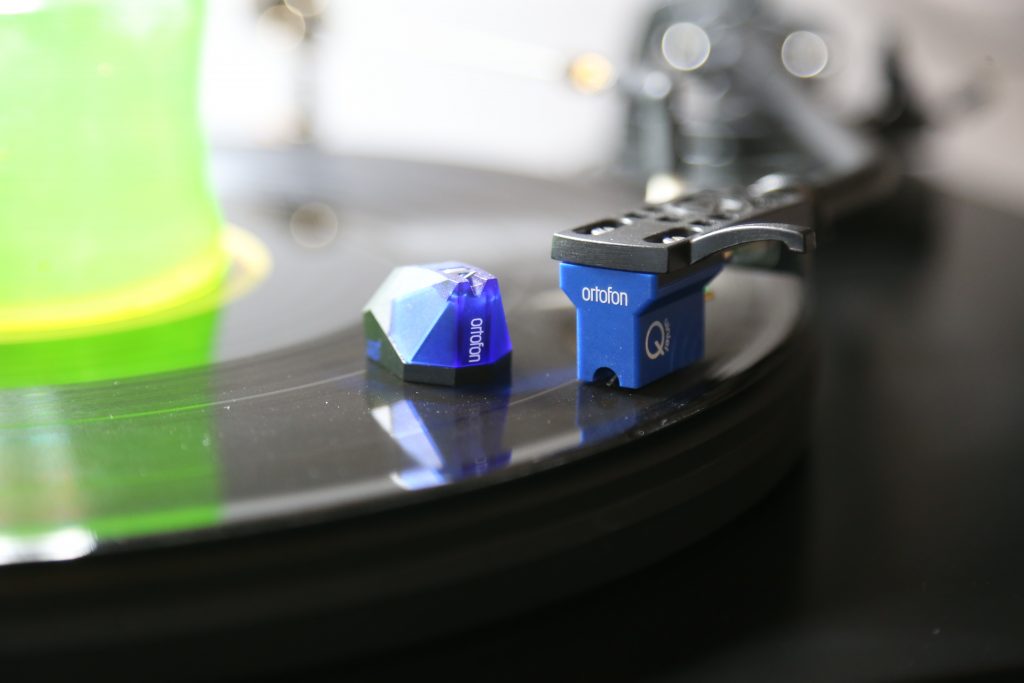
So now that we understand the construction differences what are the sound differences. The most noticeable difference was in detail retrieval and transients. The Quintet sounded so much crisper than the 2M Blue and even the Bronze. Small background sounds that are barely noticeable in some tracks or not even there become more audible. There is another edge to this blade though, when I listen to an older record I noticed a little more crackle and surface noise over the 2M carts. It will be more affected by dirt as the stylus has so much less mass, so if you are into older pressings you may need to be a little more diligent in cleaning. I wouldn’t say this is a deal-breaker for me, I am not terribly bothered by some of the noise in older pressings as it is something that just comes with the territory or buying records at garage sales and out of the crates at the record store.
In addition to detail, the dynamic range of the MC seems to extend a little past the MM carts. Bass is also tighter, and more controlled. It would make sense as the bass in the groves are the harshest vibrations that your stylus will see, though still tiny, they may cause the mass on a MM to vibrate a little too much if it gets moving. While the RIAA curve applies the bass the info is still in the grooves. The High-frequency response was noticeably airier, cymbals are crisp and well defined.
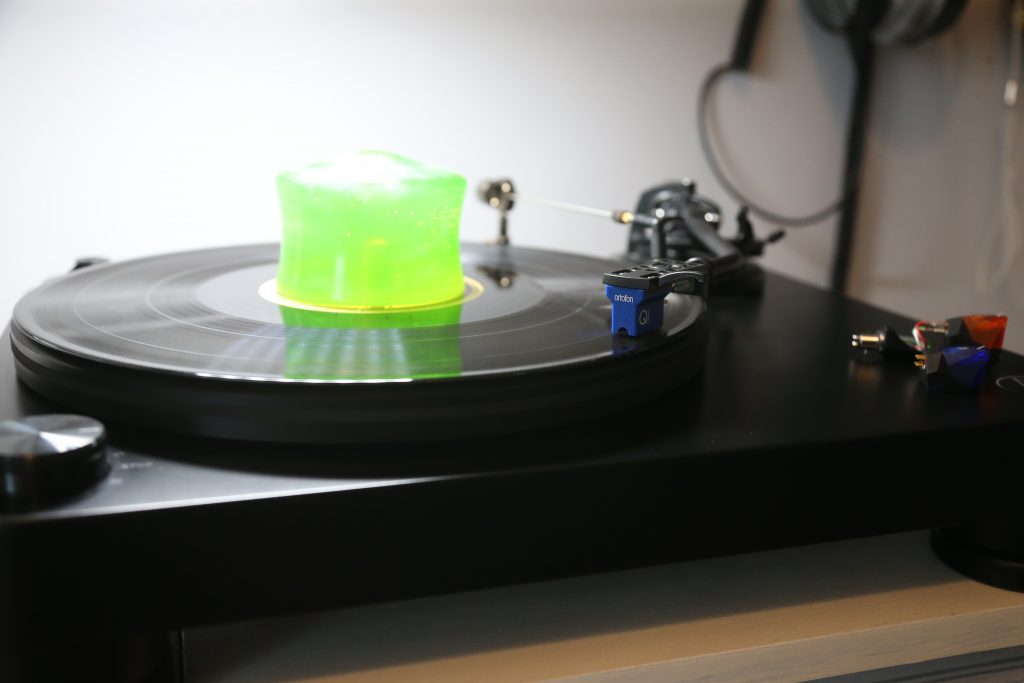
I listened to a variety of music as I often do with reviews. I know your music tastes are likely to differ from mine, so I want to throw everything I can at a piece. The main records I listened to for this review were Taylor Swift – Folklore, The Killers – Wonderful Wonderful, Modest Mouse – Good News For People Who Love Bad News, and Buddy Rich – Both Sides. Those are the albums I listened to and compared the different carts while taking listening notes, though I often will listen to dozens of other albums for this type of review just to get to know the equipment better or to see if I have any oh that’s something I haven’t caught on this track before moments.
The Quintet wasn’t phased by any variety of music I threw at it. Really any cartridge should sound good no matter what you are listening to, though not always the case. Sometimes cartridges lend themselves to certain types of music a little better, just like any other piece of your equipment can. I was not any less happy listening to Jazz or Electronic music, the Quintet just sounded great on every record I put on. The Drums in Buddy Rich’s Both Sides sounded lush and the space between the notes was superb.
The mids have the lesser difference though an improvement, as this is the area that the mass difference will affect less than the extreme ends of the range, it is more plush and full than on a MM cart. You may notice that background singers or instruments come through a little clearer. Imaging is another area of improvement that the MC has over MM, it’s not as though a violin listened to through MM sounds like it’s on a different side of the room than it is with MC, but the picture has a little more resolution. You are able to “see” a bit better where the musicians are on the stage.
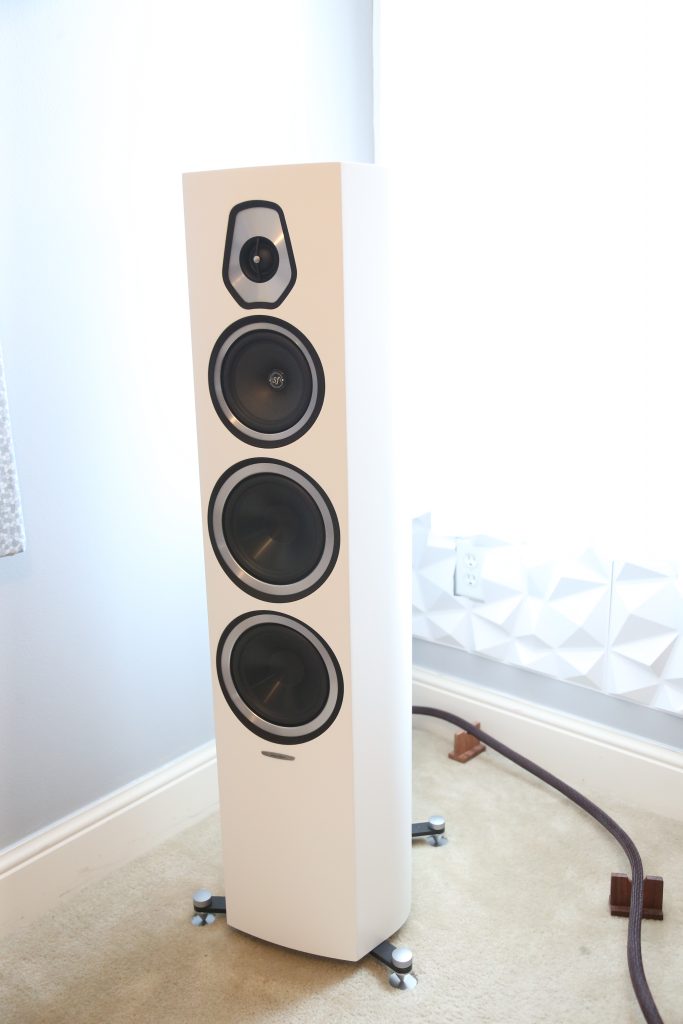
Overall you get more refinement from the Quintet, everything that the 2M line does the Quintet just does better, and how much better is dependent on what 2M you compare it to. If you currently have a 2M Blue and want to get into MC the Quintet Blue or even the Red will offer you better sound in pretty much every way. The midrange is so much richer and fuller, the bass is deep but not boomy, and the sparkle at the top is wonderful.
Manufacturer Specs
- Output voltage at 1 kHz 5 cm/sec – 0.5 mV
- Channel balance – < 1.5 dB
- Channel separation at 1 kHz – > 21 dB
- Channel separation at 15 kHz – > 14 dB
- Frequency range at -3 dB – 20-25.000 Hz
- Frequency response 20-20.000 Hz – +/-2.5 dB
- Tracking ability at 315 Hz at recommended tracking force *) – 70 μm
- Compliance, dynamic, lateral – 15 μm/mN
- Stylus type – Nude Elliptical
- Stylus tip radius – r/R 8/18 μm
- Tracking force range – 2.1-2.5 g (21-25 mN)
- Tracking force recommended – 2.3 g (23 mN)
- Tracking angle – 20º
- Internal impedance, DC resistance – 7 Ohm
- Recommended load impedance – >20 Ohm
- Cartridge body material – ABS/Aluminium
- Coil wire material – Pure 4-nines copper
- Cartridge color – Blue
- Cartridge weight – 9 g
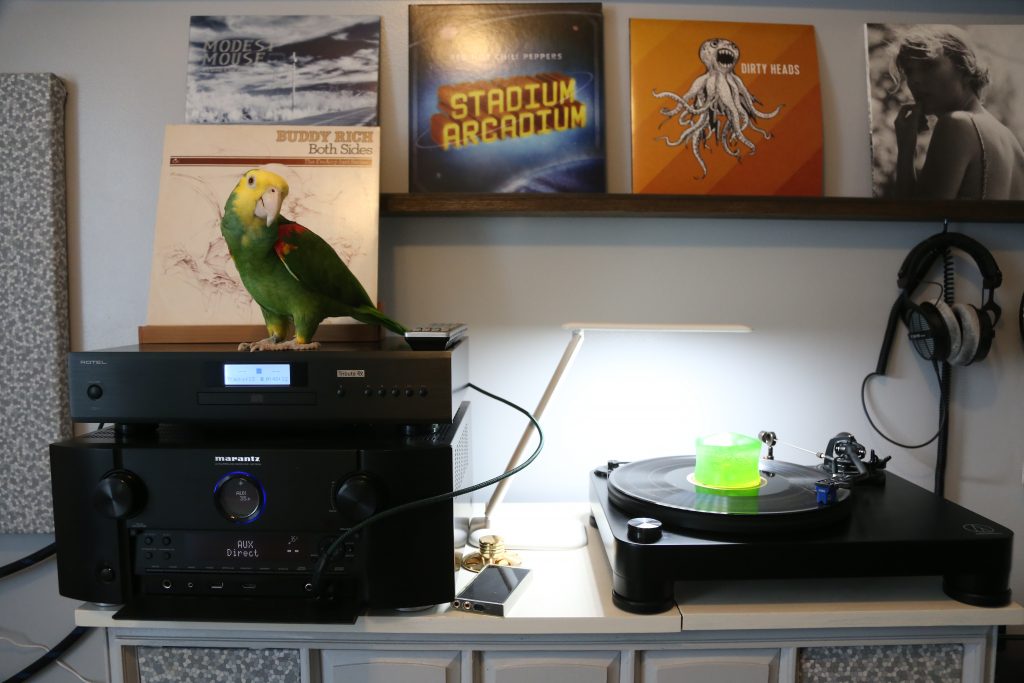
Associated Equipment
- Preamp – Marantz Sr7009
- Phono Preamp – Ifi Audio Zen Phono, Audio-Technica LP-7
- Turntable – Audio-Technica LP-7
- Amplifier – Nakamichi PA-5 Stasis
- Speakers – Sonus Faber Sonetto V
- Cables – Audioquest interconnects and Conditioning, Viborg Power
Music
- Taylor Swift – Folklore
- Buddy Rich – Both Sides
- The Killers – Wonderful Wonderful
- Modest Mouse – Good News For People Who Love Bad News
Casual Listening - System of a Down – Mezmorize
- Herb Alpert – Various Records
- Gorillaz – Plastic Beach
- Rage Against The Machine – The Battle of LA
- Kraftwerk – Autobahn
- The Budgies – If I Were Brittania I’d Waive the Rules
Pros
- Greater detail, dynamic range, and overall sound quality than MM
- Inexpensive in terms of MC carts
- Easy to set up
- a great upgrade for almost any turntable
Cons
- Can be a costly upgrade depending on your existing equipment
- Can show weaknesses in older or dirty records
Conclusion
So is it all worth it? Well, that is hard to say, if you have a preamp that already supports MC carts it is an easy yes for me. If you need to spend money to also get an MC preamp it is a little harder to say. While there are budget options such as the Zen Phono we checked out (review here) which will run you a couple of hundred U.S. there are certainly also much pricier options some costing 10s of thousands. It will also depend on the table you are using, you may not get the most out of a 600-1000 dollar setup if you are using an entry-level table and that money could be spent on getting the better table first. If you have something like the AT LP-7, VPI Cliffwood, Pro-Ject Debut Carbon Pro, or RPM 5 or similar table it will likely be a worthwhile upgrade for you and worth the money. It is really hard to beat the benefits of the MC cartridges and I think the Blue is a great value and a great way to get into the world of MC without having to spend 1000 dollars just on the cart to try it out. You will get better sound over many MM cartridges, and once you have the MC preamp you don’t have to buy another as you move into better and better MC cartridges. I struggled to find any faults with the cartridge for this price point. Really the only cons will be the same regardless of the MC you pick up. If you want to get into MC on an even lower budget there is the Quintet Red as well which runs $350.00 U.S. with the IFi Zen you would be all in for about 550.
If you are in Ohio Sound and Vision is an Authorized Ortofon Dealer, for more click the Ortofon Link below




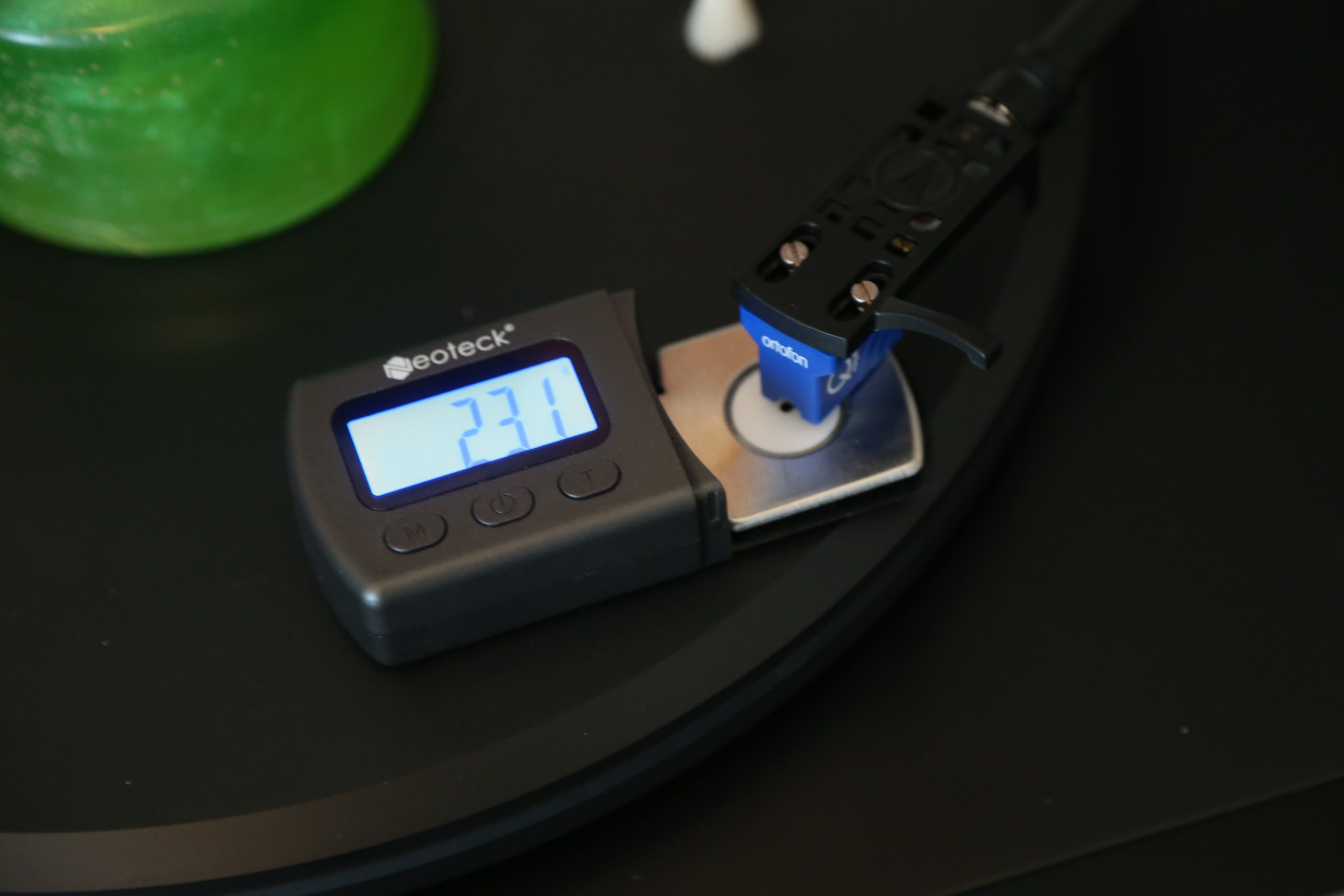
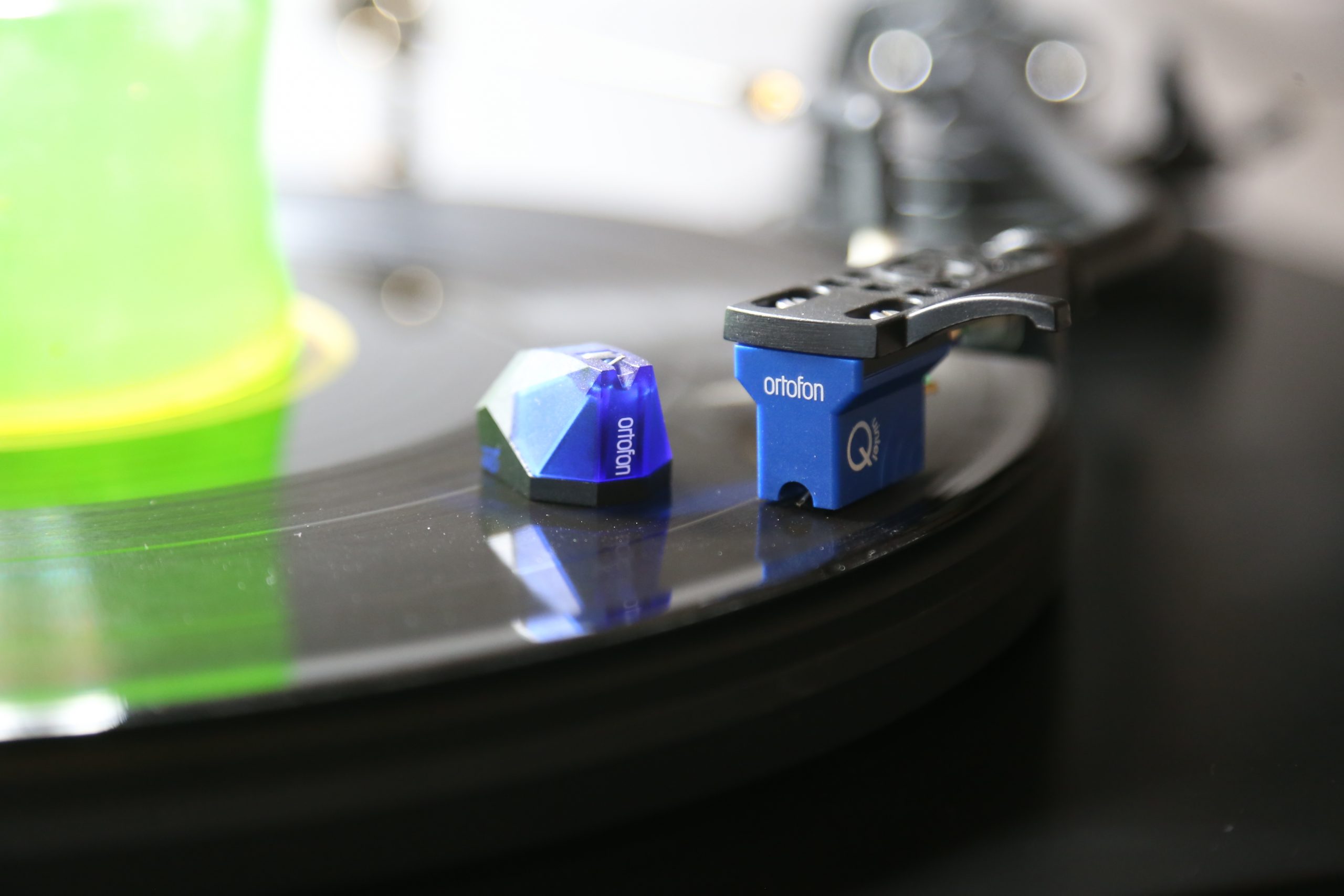
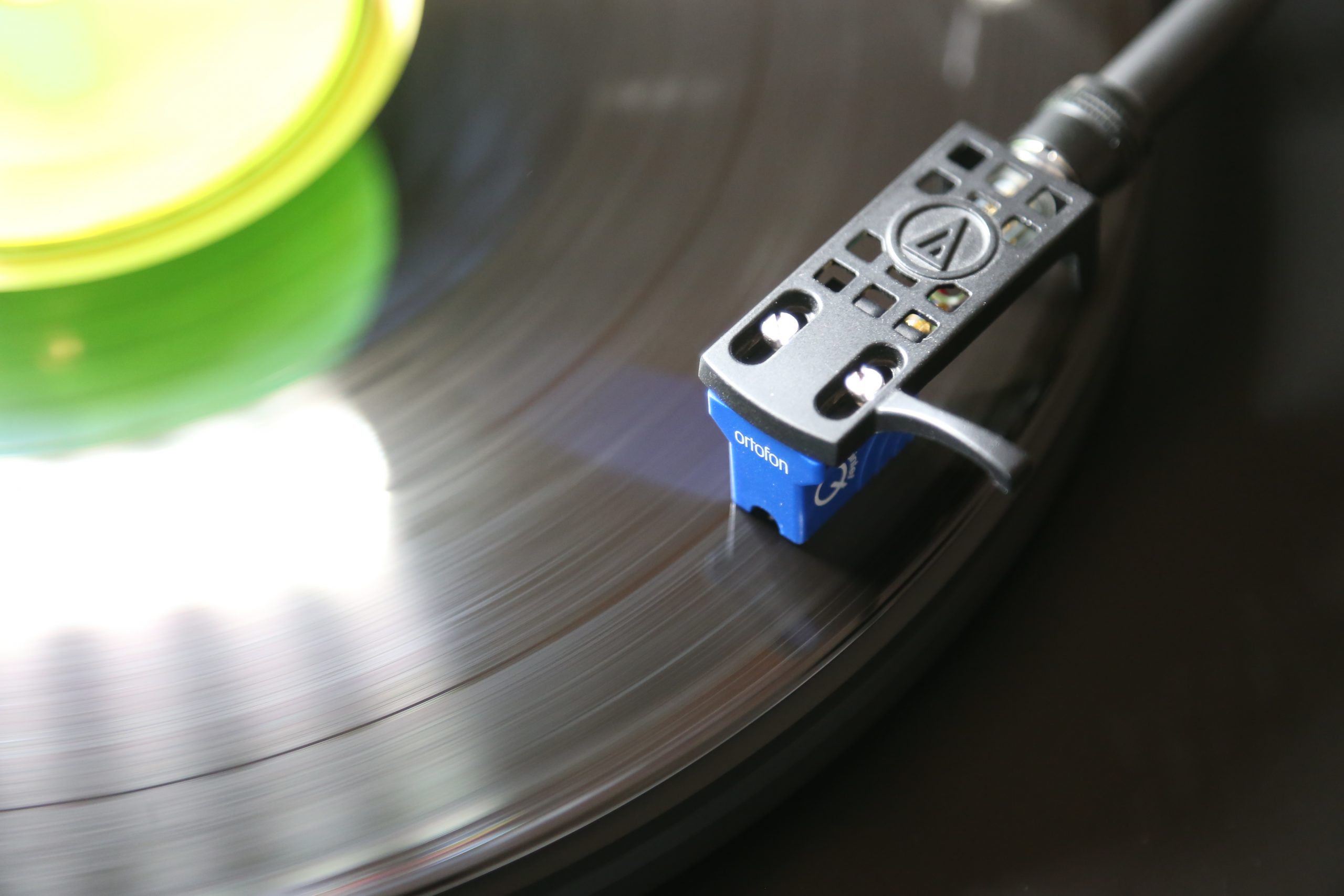



Disclaimer:
Ortofon provided Hifi Chicken with a review copy of the Quintet Blue for the purpose of review, Ortofon nor any affiliates paid in part or full for this review.


One thought on “(REVIEW) Ortofon Quintet Blue – Get More Out Of Your Record Collection”